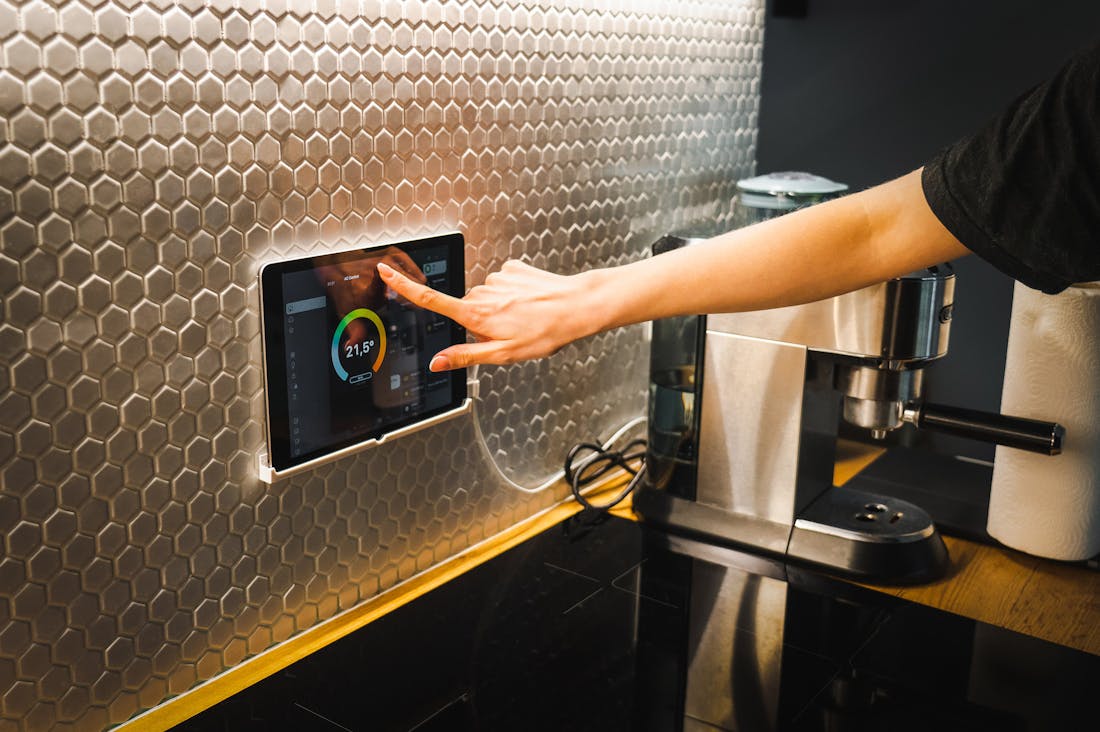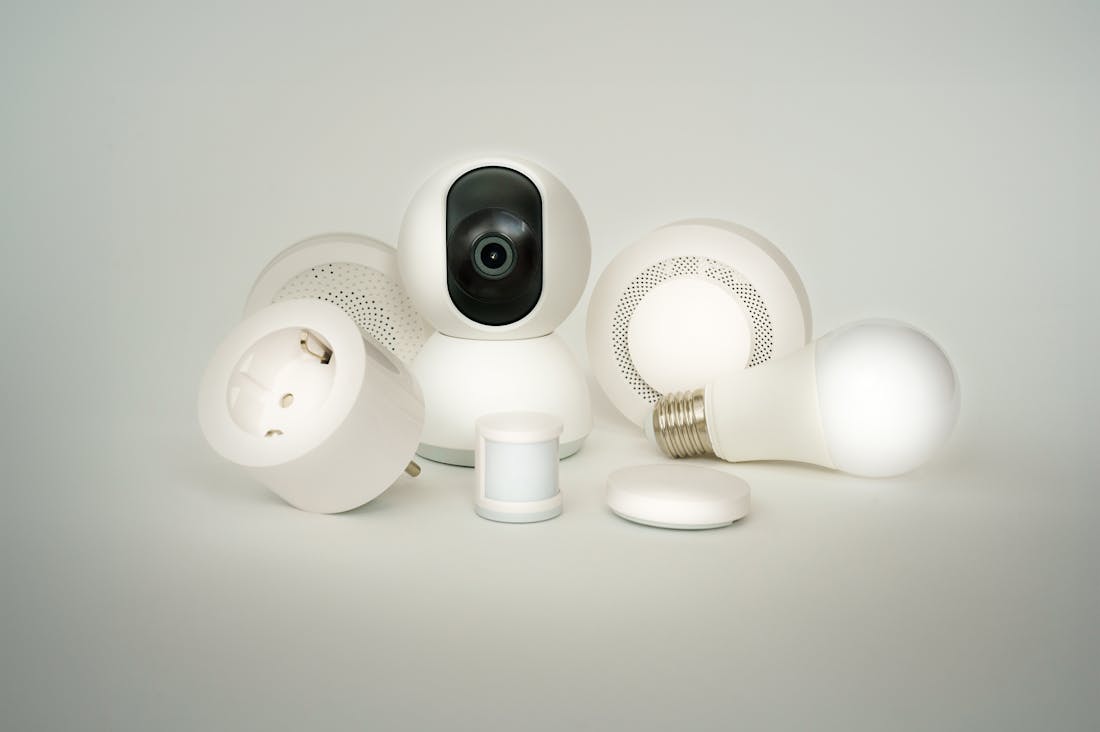In today's rapidly evolving landscape, technology is weaving itself into the fabric of our everyday existence. Smart home devices, once a novelty, are transforming our daily lives, enhancing convenience, security, and efficiency. As we embrace these innovations, we find ourselves experiencing a new level of connectivity, allowing us to optimize our routines and create truly personalized living environments. From voice-activated assistants to smart thermostats and security cameras, these technologies are not just tools; they are reshaping how we interact with our homes and each other. Join us as we explore the profound impact of smart home devices and how they are revolutionizing modern living.

The Convenience of Home Automation
Home automation offers unparalleled convenience, transforming everyday living into a more efficient and streamlined experience. By integrating smart devices, homeowners can control lighting, heating, security systems, and appliances through their smartphones or voice commands, making it easy to manage their environments with minimal effort. Imagine arriving home after a long day, only to have your front door unlock automatically, lights adjust to your preferred brightness, and the thermostat set to a comfortable temperature—all with a simple command or the tap of a button. Additionally, home automation enhances energy efficiency by allowing users to monitor and adjust usage patterns, ultimately leading to savings on utility bills. With features like scheduled routines and remote access, homeowners enjoy a new level of comfort, security, and control, making daily life not just simpler, but more enjoyable.

Safety and Security Benefits of Smart Devices
Smart devices offer numerous safety and security benefits that enhance protection for homes and businesses. Equipped with advanced technology, these devices enable real-time monitoring through surveillance cameras, smart locks, and alarm systems, significantly deterring criminal activity. For instance, smart doorbells equipped with video capabilities allow users to see and communicate with visitors remotely, while motion sensors can alert homeowners of any unusual activity. Additionally, many smart devices feature automation capabilities, such as scheduled lighting and integrated security systems, which create the illusion of occupancy, further preventing break-ins. With the ability to receive notifications on smartphones, individuals can respond quickly to potential threats, contributing to a safer environment. Overall, the integration of smart technology in security measures provides peace of mind and enhances overall safety.

Energy Efficiency in the Smart Home Era
Energy efficiency has become a cornerstone of modern smart home technology, significantly transforming the way we consume energy. With advancements in the Internet of Things (IoT), smart homes are equipped with devices that monitor and optimize energy usage in real time. Smart thermostats learn user preferences to adjust heating and cooling automatically, while smart lighting systems ensure lights are turned off in unoccupied rooms. Appliances can be programmed to operate during off-peak hours, minimizing energy costs. Additionally, smart meters provide real-time feedback, empowering homeowners to make informed decisions about their energy consumption. As a result, not only do these technologies contribute to lower utility bills, but they also promote environmental sustainability by reducing the carbon footprint associated with excessive energy use. Overall, the integration of smart home technologies signifies a pivotal shift towards a more energy-efficient future.
The Rise of Voice-Activated Smart Assistants
Voice-activated smart assistants have become a central hub for managing smart home devices, offering unparalleled convenience and ease of use. These assistants, such as Amazon Alexa, Google Assistant, and Apple Siri, allow homeowners to control their homes through simple voice commands. Users can adjust lighting, set reminders, check the weather, and even play music without lifting a finger. This hands-free interaction not only enhances user experience but also promotes accessibility for individuals with disabilities. As voice recognition technology continues to improve, these assistants are becoming smarter and more intuitive, enabling seamless integration with an ever-expanding range of devices. The future of home automation is increasingly reliant on these intelligent systems, making them indispensable in modern living.
Integrating Smart Technology for a Sustainable Lifestyle
The integration of smart home technology plays a crucial role in fostering sustainable lifestyles. By automating daily tasks, these systems help minimize energy waste and reduce the overall carbon footprint associated with conventional living. Features such as smart irrigation systems can optimize water usage in gardens and lawns by adapting to weather conditions and soil moisture levels, ensuring that resources are used efficiently. Moreover, smart appliances can be programmed to consume energy during off-peak hours, further contributing to energy conservation. The ability to monitor and adjust energy consumption in real time empowers homeowners to make conscious choices about their usage patterns. As awareness of environmental issues grows, smart home technologies provide practical solutions that align with eco-friendly living, paving the way for a greener future.
Enhancing Home Entertainment with Smart Devices
Smart home technology has revolutionized the way we experience entertainment within our homes. From streaming services to smart TVs, connectivity has transformed traditional media consumption into a highly interactive experience. Homeowners can control their entertainment systems using voice commands or their smartphones, making it easy to switch between devices or adjust settings without fumbling with remotes. Furthermore, the integration of smart speakers and sound systems allows for multi-room audio, enabling users to enjoy their favorite music or shows throughout the house. With the rise of smart home theaters, individuals can create immersive viewing experiences with automated lighting and sound, transforming movie nights into cinematic events. This level of personalization not only enhances leisure time but also fosters a communal atmosphere for family and friends.
The Future of Smart Home Technology: Trends to Watch
As smart home technology continues to evolve, several trends are emerging that promise to shape the future of home automation. One significant trend is the increased focus on interoperability among devices, allowing users to seamlessly integrate products from different manufacturers. This will enhance the user experience by eliminating compatibility issues and promoting a cohesive smart home ecosystem. Additionally, the rise of artificial intelligence (AI) in smart devices is expected to further personalize user experiences, adapting to individual preferences and predicting needs based on behavioral patterns. Enhanced data security measures will also be critical as smart homes become more connected. Consumers are becoming increasingly aware of privacy concerns, prompting manufacturers to implement robust security protocols. Overall, the future of smart home technology looks promising, with innovations that prioritize convenience, sustainability, and safety.